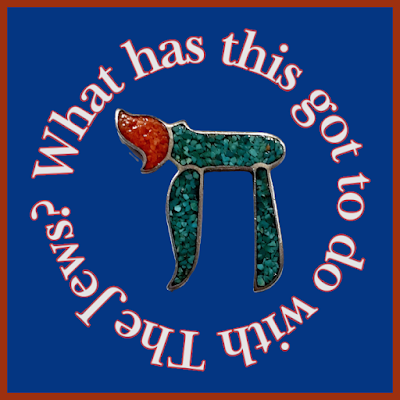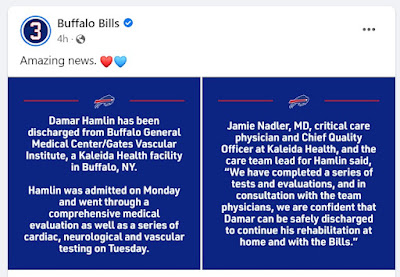A Jewish Aid Worker's Memoir of Sorrow: Most of us New MexiJews know - or at least know of - Dr Michael Eli Nutkiewicz. For those who may not -
Michael Eli Nutkiewicz (History PhD, UCLA) has taught Jewish history at the University of Missouri-Columbia and at UNM.
He directed the Los Angeles Museum of the Holocaust, was senior historian at the Survivors of the Shoah Visual History Foundation, led the Program for Torture Victims in Los Angeles, and managed the refugee resettlement program at Catholic Charities New Mexico.
He was director of Oasis Albuquerque from 2010-2014.
Nutkiewicz’s translation of Gumener’s memoir, A Ukrainian Chapter: A Jewish Aid Worker’s Memoir of Sorrow, was published in 2022.
Eli Gumener’s 1921 Yiddish memoir, A Ukrainian Chapter, is a rare historical source about relief work spanning the two most devastating years of the pogroms in the Russian Civil War.
He concentrates on the collapse of Jewish communities in Podolia, a region in southwest Ukraine. Gumener worked for the major Russian and American organizations that were active in providing aid to Jewish victims during both World War I and the Russian Civil War.
Thus, he presents a unique perspective on leaders, parties, and institutions struggling to respond to the suffering and dislocation that came with wild episodes of violence. This annotated translation serves as a roadmap for the reader by clarifying the social and political contexts in which the events took place.
A Ukrainian Chapter is a contribution to the history of pogroms, relief work, and Jewish party politics, through the day-to-day experience of a witness “in the trenches.”
Born in Marijampole (near Vilnius) in 1886 and trained for the law in St. Petersburg, Eli (Illia) Gumener (1886–1941?) was a representative and investigator for the Committee to Aid Jewish Pogrom Victims (EKOPO) and the Russian Red Cross.
After the Civil War, he worked on behalf of Jewish war orphans for the American Joint Distribution Committee (AJC) in the Białystok region.
A Ukrainian Chapter was published in Vilnius in 1921. In 1925 Gumener moved to Novogrudok, Poland (now in Belarus) where he continued to be engaged in communal affairs, including as a city councilman from 1929 to 1934.
He and his wife and daughter were murdered during the Holocaust in late 1941 or early 1942.
Children of Holocaust survivors often sense missing family members who remain abstractly among the living; they are a presence that is not present.In my case, one of these lost relatives was my mother’s brother, Elijahu/Ilia (Eli) Gumener (1886–1941?). He was present in my middle name, and he appeared among my mother’s photographs. And he was present in a slim clothbound book that stood virtually unnoticed among hundreds of Yiddish volumes in my parents’ library.That unassuming book, entitled A kapitl Ukraine: Tsvey yor in Podolye (A Ukrainian Chapter: Two Years in Podolia), is an account of my Uncle Eli’s experience as an aid worker during the pogroms in Podolia, Ukraine between 1918 and 1920.
The title suggests that the book is more than a report; it is a lament for the victims. The word kapitl itself brings to mind the Jewish custom of reciting chapters (kapitlin) from Psalms at gravesites.
My mother, Betty Gumener Nutkiewicz (1908–85), had told me her brother was a lawyer who was murdered in the Holocaust. But she never mentioned that he had been an aid worker in Ukraine during the Russian Civil War. Nor had she mentioned that he had published a book about his experiences.
This book must have had tremendous meaning for my mother as a physical reminder of her dear elder brother. But as with many survivors/refugees, her sadness made it impossible for her to share his full story with me in her lifetime.
My discovery of the book after my parents’ death illuminated how little I knew of my family who perished.
Borderland, 1914-1921
Thursday February 2 @ 10:00 am
Ukraine 1917-1921
Thursday February 16 @ 10:00 am
about the book on the New Books in Jewish Studies Podcast.































